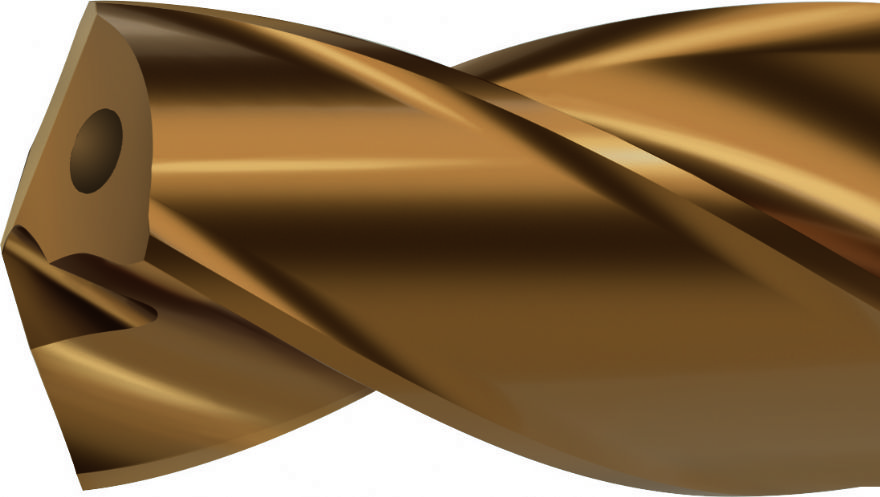
Tooling expert
www.walter-tools.com Walter GB Ltd, Bromsgrove, has announced additions to two product ranges that will generate benefits in both deep-hole drilling and turning.
The company’s solid-carbide X·treme Evo drills now extend to capacities of 16- to 30-times diameter and offer deep-hole drilling without the need for pecking, while new CBN insert grades for the cost-effective machining of ISO K and H materials complete an extensive CBN turning range.
Part of the DC160 Advance range of drills — the successor to Walter’s Alpha 4XD drills — the new drills have optimised coating and geometry. They also feature an innovative new and thinner web with a 140deg point angle — and the fourth land is in an ‘advanced position’.
The former ensures increased positioning accuracy and lower centralised cutting forces, while the latter optimises drill guidance. Furthermore, polished flutes optimise chip evacuation.
The grades of the drills (WJ30ET and WJ30EU) are also new. These comprise the K30F fine-grained substrate and a TiSiAlCrN/AlTiN multi-layer coating (as a point or as a complete coating).
The layer structure makes the drills both tough and wear-resistant; it also plays a crucial role in process reliability and performance. Walter offers these drills in intermediate sizes and in special dimensions (on request) via its fast-delivery Xpress service.
For turning, the new CBN indexable insert grades for ISO H and ISO K materials are WBK20 for finishing cast iron and WBK30 for high metal removal rates in ISO H and for finishing with a heavily interrupted cut. Both grades are also suitable for roughing and finishing sintered steel.
The WBK20 indexable inserts feature CBN ‘tips’ to each corner, while WBK30 is a solid CBN substrate to permit higher cutting speeds than carbide inserts. In addition, a micro-geometry on the cutting edge also contributes to the insert’s productivity and process reliability.